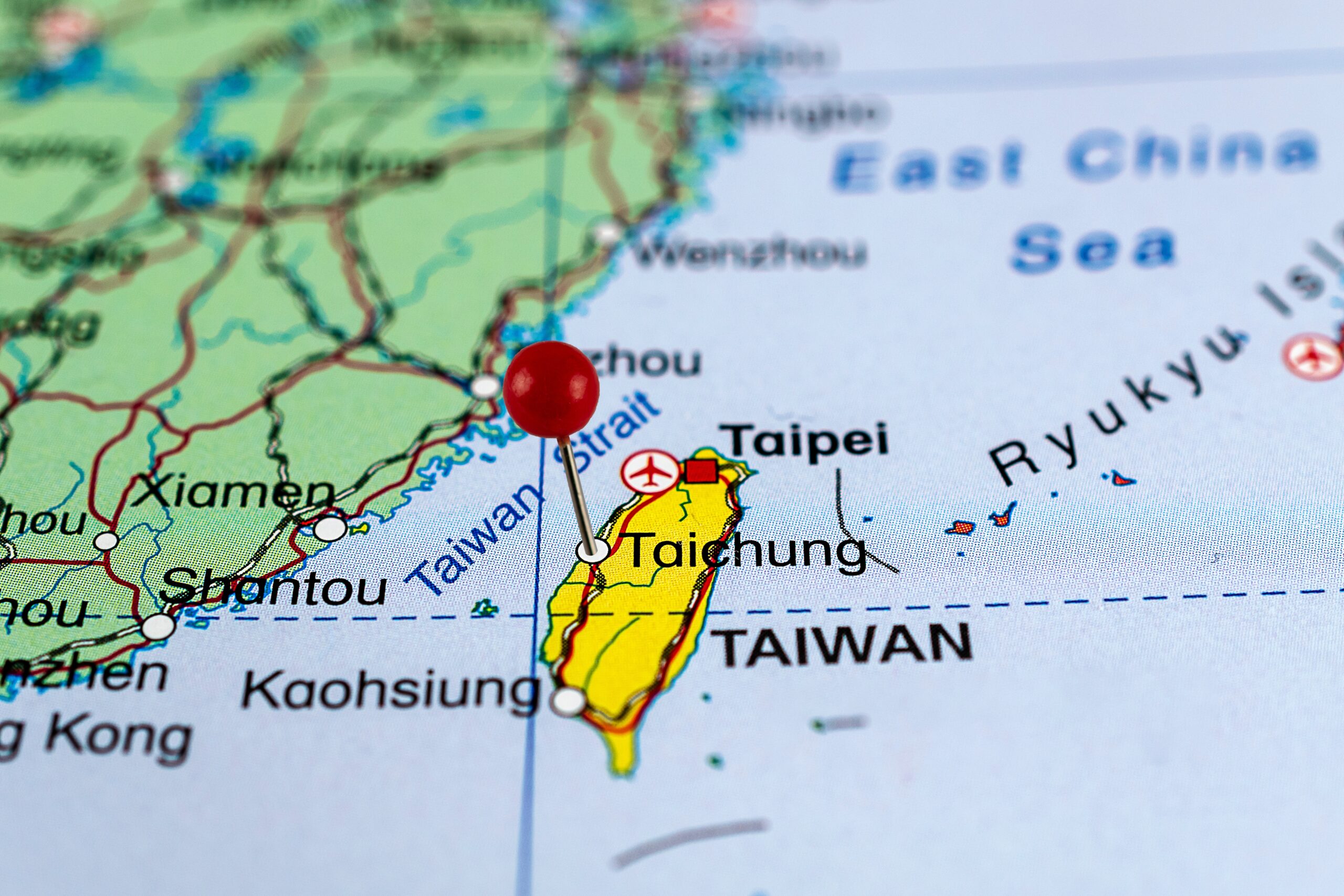|
Getting your Trinity Audio player ready...
|
On January 1, Greymantle dropped his first post of the new year, and readers will remember that it offered a pretty mixed outlook for 2023.
Our basic thesis was that economic, health, geopolitical and social conditions would exhibit slow improvement as 2023 wore on, but that the year would nevertheless be a “grind”, with plenty of bad news and weak indicators balancing out drops in inflation, improved economic performance and other positives.
We are happy to report that, one month into 2023, our initial thesis is holding up pretty well, with some notable tilts in favor of the positive, as there have been encouraging signs aplenty where the global energy shock, inflation, and developed markets growth are concerned.
To whit: thanks to a mild northern hemisphere winter, natural gas and other fuel prices have dropped significantly, particularly in Europe, and a spike in European social unrest feared by many last autumn has failed to materialize over the winter, with the UK being (as Greymantle had predicted) one notable exception and clear outlier.
This post briefly summarizes the spate of recent upbeat news and offers a few thoughts on how the first half of 2023 will develop. Hence our title: “January 2023 Update: More Breaks in the Clouds”.
CRISIS? WHAT CRISIS?
Early last summer, natural gas spot prices in the EU spiked to EUR 343/MWh on August 26, 3033 as a result of Russia’s invasion of Ukraine and the Kremlin’s threat to cut off Russian natural gas and crude supplies to Europe by the end of the third quarter 2022.
The Kremlin carried out its first threat in stages between August and October 2022, and commentators spoke soberly of a global and European energy crisis that would last until 2025.
The reality has turned out very differently. Thanks to some adroit scrambling and dealmaking by European governments and firms, the EU countries were able to secure sufficient alternative supplies of natural gas from the US, Nigeria, Qatar, and Algeria by mid-October. Storage levels peaked at 90% of capacity and prices commenced a swift retreat.
Prices were down to EUR 55/MWh as of January 25.
Russian President Putin had hoped that a severe northern hemisphere winter would necessitate a rapid draw-down in EU supplies, leading to another spike in prices, fuel rationing, and massive social unrest in countries like Germany and Italy.
Old Man Winter has not, to date, obliged.
THE BENEFITS OF BALMY WEATHER
Temperatures in Western and Central Europe, with the exception of a brief cold snap last week, have trended 3-7 degrees Celcius above average (that’s between 10-15 degrees Fahrenheit) since October. November temps in Bonn and Stockholm averaged in the low 50’s Fahrenheit and ticked down only slightly into the 40’s in December and January – but with some days in the low to mid-60’s (incredibly) even then.
If Mr. Putin hoped that zero degree days around Christmas would break the will of Europe, his hopes were pretty well dashed. EU gas storage levels averaged 77% during the week of January 23 – above five-year averages for the continent – and meteorologists predict a return to warmer conditions for the first week of February following a brief cold snap last week. Natural gas prices in Europe fell 25% in January.
While European consumers are feeling a price pinch to heat their homes, massive governmental subsidies are softening the blow. A few scattered protests against high prices emerged in early January in Austria and eastern Germany, and Austria’s main populist party (Freedom Party/FPO) looks set to make gains in 2023 local elections. But the wave of populist rage the Kremlin banked on has decidedly failed to emerge.
Conditions could still go south. There are seven weeks left to winter, and we all remember the winter of 2021, when a mild January was followed by massive winter storms and an ‘Arctic surge’ in February. But the bets are that Europe has more than sufficient resources to pull through.
THE ECONOMIC COLLAPSE THAT WASN’T
Developed market economies likewise weathered the last quarter of 2022 surprisingly well and have been performing above forecasts in January.
EU economic growth averaged around 2% in 2022, and reached 1.9% Germany, as consumers continued to spend and eat out. The EU grew by an estimated 0.3% in 3Q 2022 even as higher gas prices bit.
And the feared major contraction has not occurred, at least not yet. The European Central Bank and major think tanks on economic policy still expect the EU to experience a fairly notable recession in 2023, but early evidence for this is mixed.
The talk at Davos two weeks ago was surprisingly positive. The world’s economic supremos had come to the Swiss mountain resort with heavy hearts primed for gloom. But one speaker after another reported a less dire picture than listeners expected.
Inflation in the U.S. dropped from over 8% on an annualized basis in June to 6.5% annualized in December 2022 after month-over-month declines in inflation measures in October, November and December. The core Middle Eastern economies of Saudi Arabia, Qatar and the UAE posted solid growth numbers. The Asian Tigers are hanging in there.
The latest good news the week of Jan. 23 was that the U.S. economy expanded by 2.9% in the fourth quarter – well above forecast. Total U.S. GDP figures for 2022 are likely to be revised upward in the spring as final data on 2022 employment, capital investment and consumer spending is tabulated. Equity markets appear to have stabilized.
THE ‘TRIPLEDEMIC’ MAY HAVE PEAKED
Another ray of light shining in the darkness of January has come in the form of declining COVID-19, respiratory syncytial virus (RSV) and influenza (flu) cases as the month wore on. According to CDC, private hospital, and EU data sources, reported cases of all three viruses making up the so-called ‘tripledemic’ peaked during the week of January 2-9.
An early winter peak of viral illnesses comes as a relief following a sharp rise in case counts and hospitalizations between October and December. The surge in RSV cases, which disproportionately effect children, was a special point of worry for public health officials in the fall, as the very young largely avoided the COVID scourge of 2020 and 2021.
As per CDC data reported by Advisory.com, for the week ending January 18, the seven-day case average for COVID-19 was 47,459, marking a 23.9% decrease from the prior week. COVID-related hospitalizations were down by 16.4% from the prior week for the same period.
The CDC’s Jan. 20 flu tracker report, FluView, likewise reported a drop in flu cases across the U.S. since the first week of January. Public health agencies in several states estimate that COVID-19 cases may have peaked in parts of the country in mid-December, with RSV and flu cases peaking one to two weeks after the New Year holiday.
European public health agencies report a similar pattern.
There’s no denying that late autumn and early winter brought their share of viral misery to hundreds of thousands of Americans and Europeans. We can only guess what the situation is inside Russia and Belarus and the nations of Central Asia where data is scarce or unreliable. A spike in infant and child deaths in December should not be underplayed or minimized.
Nevertheless, the early winter’s upsurge in viral case counts might have been considerably worse if colder weather had forced more people indoors. Milder temperatures instead kept people circulating out of doors where contagion is minimized. This very likely blunted the rise in case counts and staved off worse misery.
If milder weather persists in the winter’s second half, we can expect case counts to continue falling and health measures abate.
VIRAL WILD CARD: CHINA’S REOPENING
The big wild card were epidemiology is concerned remains China, the origin point of COVID 19 and the last major world economy to emerge from the public health lockdowns. A huge internal migration of Chinese citizens has lately taken place connected to the Lunar New Year, anecdotally generating a rise in COVID-19 transmission.
Two questions are critical: How bad will China’s 2023 COVID surge be, and can we trust the official statistics?
The danger of out-of-control contagion and new variants derailing the Chinese economic recovery is a very real one. So is the danger posed by China’s property market contraction to any consumer-driven growth trend in 2023. Can Chinese consumers ‘revenge spend’ their economy back to 5%+ annual growth? Or will home balances sheets pinched by the property and equity market crunches be unable to sustain spending?
Greymantle leans to the pessimistic side where China is concerned. There is a tremendous overhang of negative factors at play in the Chinese economy. We will be shocked if a healthy recovery takes hold in 2023.
STALEMATE ON THE EASTERN FRONT
Development of the Russia-Ukraine War in the first half of winter was integrally related to all the trends discussed above.
Most importantly, a milder-than-expected winter prevented an escalation of Ukrainian offensive actions in December and January. Coming out of its successful Kherson offensive in November, Ukraine’s armed forces had momentum on their side and only needed the ground to freeze – or so it was said – to accelerate their push to retake more captured territory.
Whether because the ground refused to freeze until mid-January, or because Ukrainian commandeers re-assessed the situation and concluded that their exhausted troops needed a holiday rest, the promised Ukrainian offensive did not materialize as expected before the holidays.
The buzz around the purported offensive may have always been a bit of clever Ukrainian propaganda for all we know. Both the Russians and the Ukrainians have been adept at shaping the information space since the war began. Ukraine’s recent successful push to have its NATO allies supply it with heavy tanks suggests this was the case. Ukraine may have never thought its offensive could succeed without heavy armor.
Whatever the truth, Russia has made Ukrainian lives difficult by shooting up their power grid throughout the cold season, resulting in rolling black outs and close rationing of heating and lighting supplies. It’s possible that addressing the needs of its population simply took a front seat to the winter offensive in the planning of Ukraine’s leaders.
Offensives seem to have been postponed until the early spring, just before the ground starts to thaw. That in itself may be positive, as it will allow the Ukrainians more time to plan and to train their troops in the use of new heavy weapons supplied by the West.
Taking this all into account, Greymantle anticipates the Eastern Front stalemate to last for another six weeks at a minimum. There will be no notable territorial gains for either side until the spring.
Greymantle’s prediction: Russia will launch a massive offensive from Luhansk Province in late March based largely on heavy use of infantry with air support versus relying on heavy tanks. Ukraine will successfully repel the offensive with heavy loss of life on the Russian side.
SILVER LININGS, NEW CLOUDS
For all that’s gone well in the first month of 2023, there are some new dark clouds on the horizon that we can’t lose sight of.
First, major central banks have been preparing their publics for more short-term interest rate hikes. In their struggle against inflation, there is a real danger that the central banks may overshoot their targets, triggering deep recessions and economic pain for millions.
Second, the classified documents scandal that had already ensnared former U.S. President Donald Trump has now snagged both his successor, sitting President Joe Biden, and Trump’s former vice president, Mike Pence. How serious a threat the scandal presents to the political prospects of all three men is anyone’s guess, but it’s probably worst news for Biden, as it tarnishes his squeaky-clean image and raises doubts about his judgement.
Third and finally, the next several months hold the potential for more geopolitical flare-ups in the Middle East related to Israel’s newly seated government, North Korean missile provocations, and national elections in regional lynchpin Turkey.
There are silver linings to all the clouds mentioned above. Central bank hawkishness may unleash a short and painful recession(s), but it might also force annualized inflation down below 4%. The documents scandal in the U.S. may be more teapot than tempest. The public may just grow sick of it and move on, with no net negatives for any political actor.
And where East Asia, Turkey and the Middle East are concerned, crises have welled up many times in the past without disrupting the fundamental order of global arrangements. In the meantime, India, Mexico and Saudi Arabia are all forecasted to post strong growth numbers in 2023, supporting the entire developing/emerging markets’ economies.
Greymantle always said 2023 was going to be a grind. Hang in there, dear readers!
Until the next time, I remain —
Greymantle








